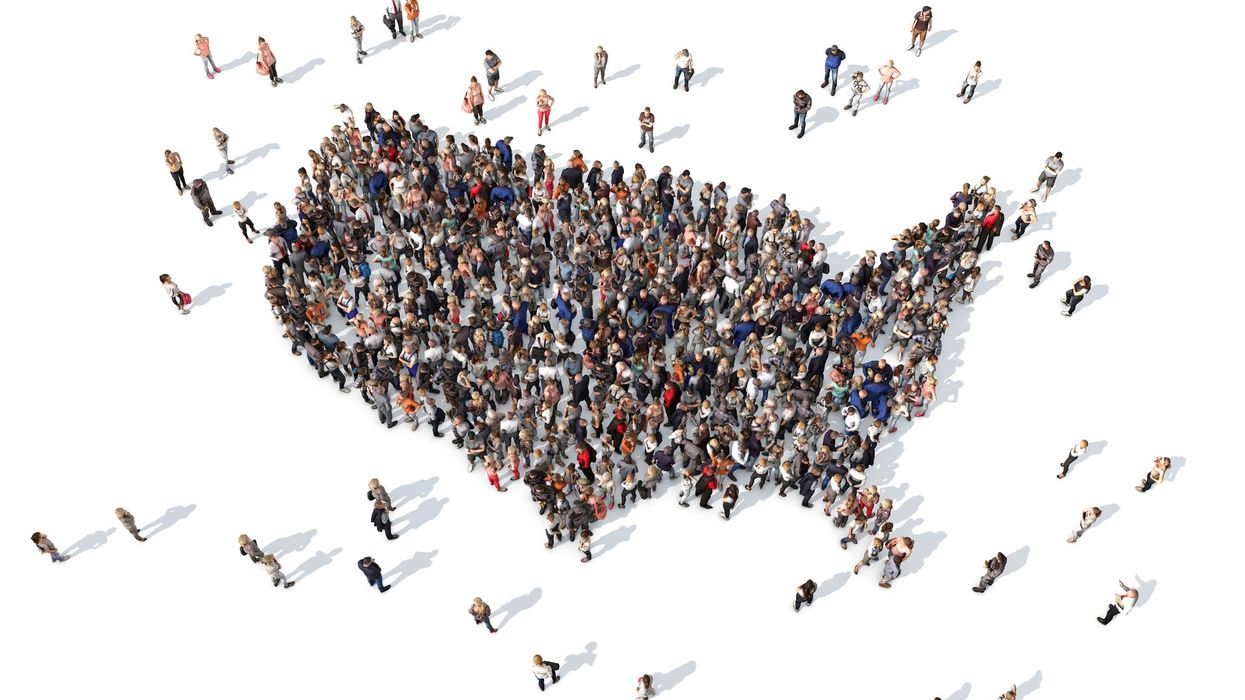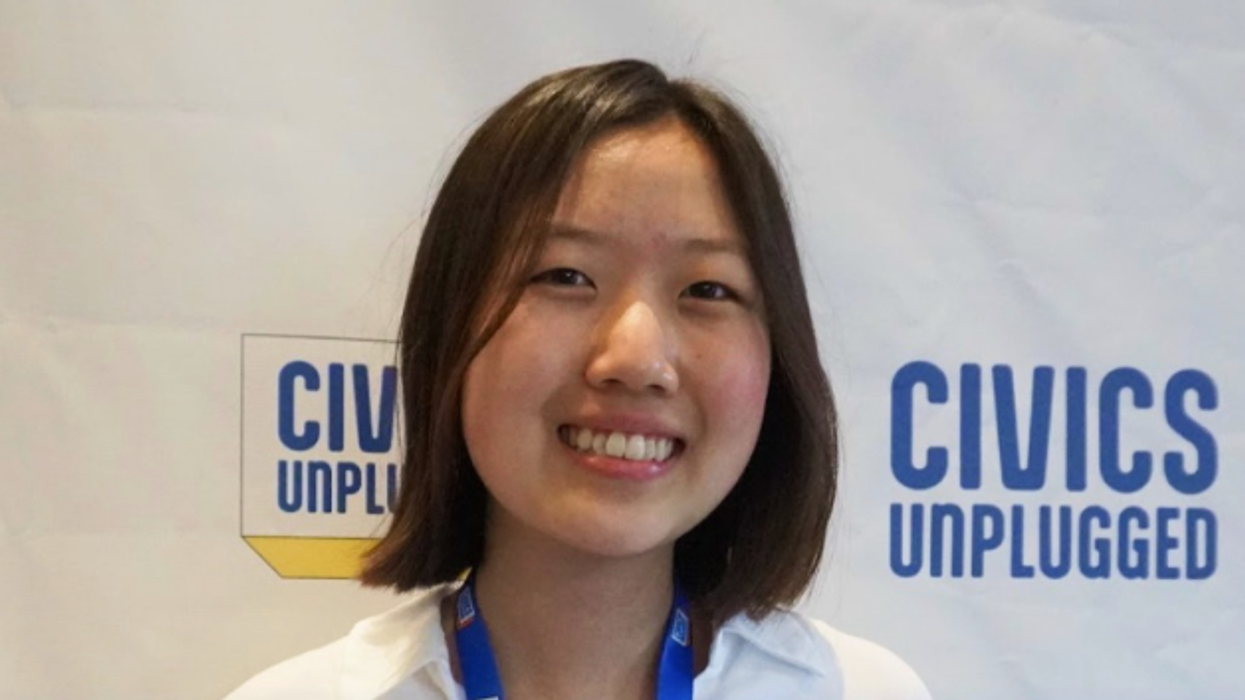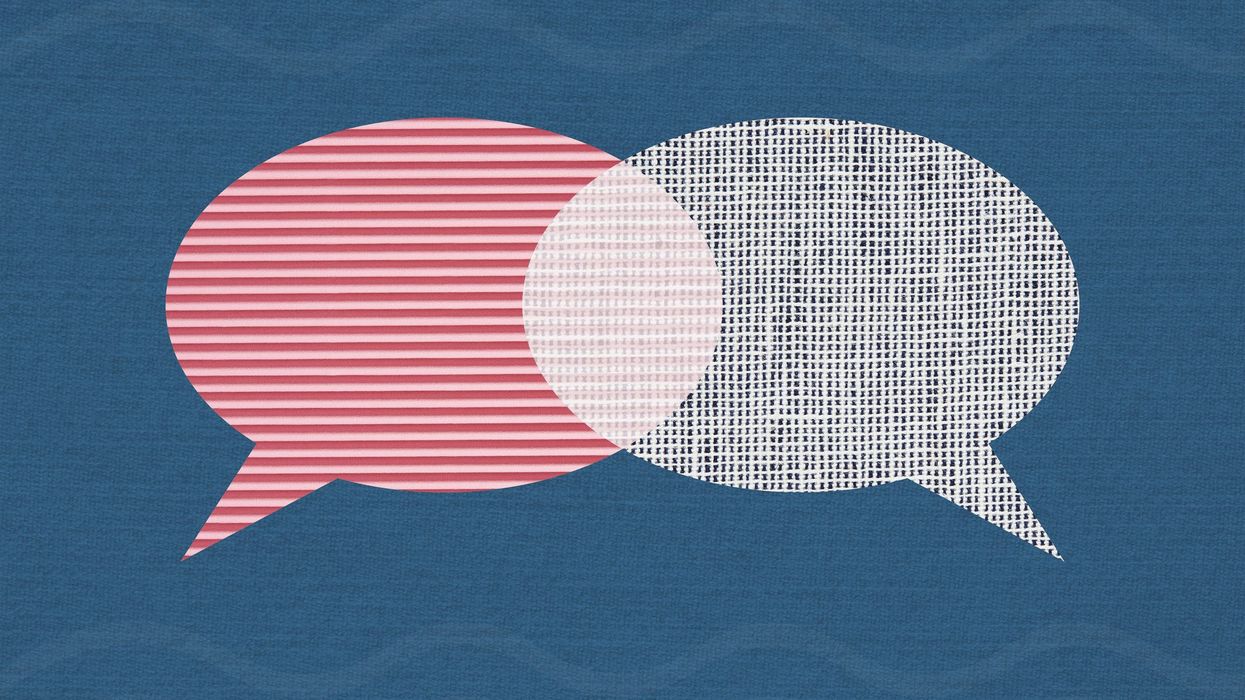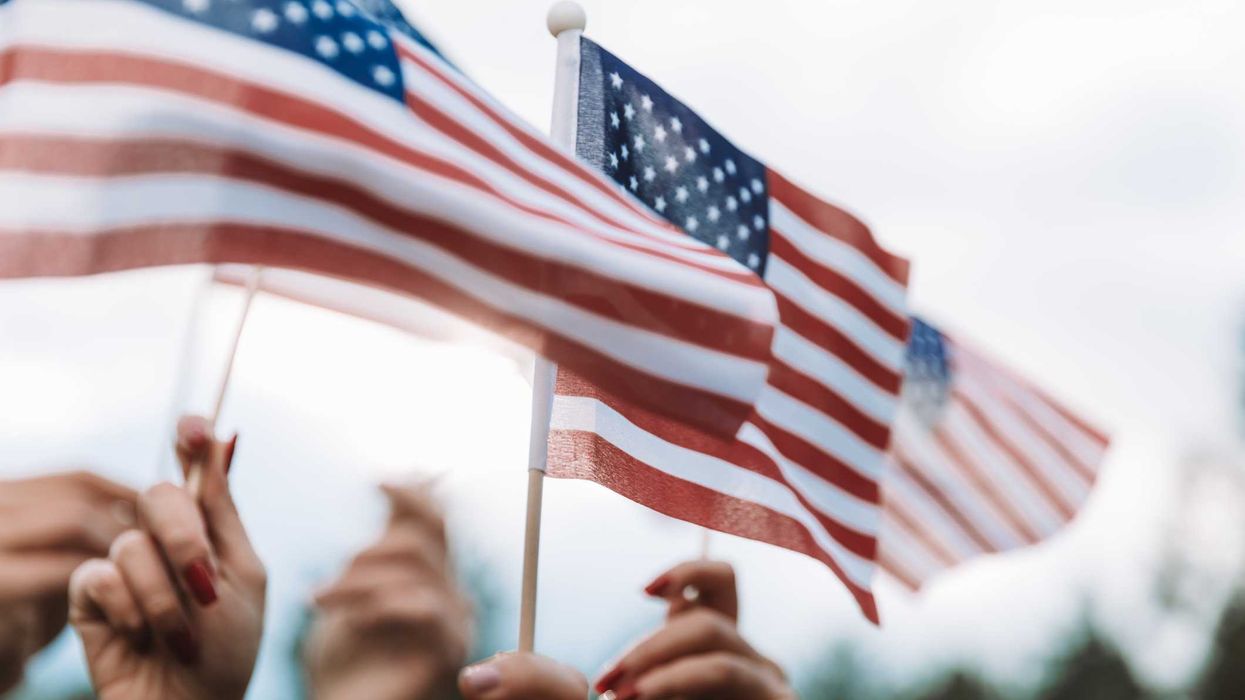Is there such a thing as a “real America”? A battle now rages over this simple question. Some Democratic party operatives claim the real America are so-called “Trump voters,” who they say they need to better “study” in order to win future elections. Many Republican voices argue the real America are just those who support the new administration 100% of the time. Still, others assert that different demographics or geography comprise the real America. It’s as if the real America is one particular slice or another of our nation.
These caricatures lead us sorely astray. But there is a real America. I work in it every day.
Just last week, I spoke to a gathering of over 100 Black elected officials from all across Mississippi. They represented very different communities—from cities to the Delta. This is the real America.
Back in March, I spoke at Goodwill Industries International’s annual leadership convention, which was attended by hundreds of local Goodwill leaders from practically every state. They were some of the strongest workforce development and disability advocates I’ve ever met. This is the real America.
Earlier this year, I was in Selma, AL, to commemorate the 60th anniversary of Bloody Sunday. I marched across the Edmund Pettus Bridge with thousands of my fellow Americans who represented all kinds of political backgrounds, ethnicities, and creeds. This is the real America.
In just the past year, I’ve worked with communities in rapidly-growing North Carolina, the breadbasket of California, suburban Connecticut, rural Kentucky, and post-industrial Michigan. I’ve been engaging with community leaders in Jim Jordan’s district in Ohio, Matt Gaetz’s district in Florida, and Lauren Boebert’s district in Colorado. For years now, I’ve been working deeply with scores of community members in Reading, PA, a once predominantly-white community that today is over 70% Latino. Every single one of these communities is the real America too.
Everywhere I go, I find the real America. Because it is all of these places. It is all of us.
We must urgently embrace the notion that the real America includes all of us. The very future of our country depends on it.
Make no mistake, we do have real differences in this country. Our divides can be sharp at times, even threaten to overrun us. But the concerns I hear from people across our nation have grown increasingly consistent, which is something we can build upon. They say we’ve lost our sense of decency, compassion, and empathy for one another. Many people feel increasingly left out and left behind. And amid this reality, I find enormous agreement among Americans about what really matters to us in our daily lives; Issues like healthcare, community safety, youth and education, and mental health. These are universal.
Please don’t mistake this as an argument simply about how we have more in common than most people think. That has almost become cliché these days. It’s true but there’s something deeper and more profound that we must lift up if the real America includes everyone.
Because here’s what else I’ve experienced across the real America. People today have a deep and abiding yearning to step forward and help put their communities and this nation on a better path forward. Apathy is not the issue. We are not passive, wishing for some elected politician to wave a wand that magically solves our shared concerns. People feel an urge to step forward and take action together, but many of us feel stuck, unsure of what to do and how to move forward effectively. And many of us are frustrated—indeed, even enraged—that only some of us are deemed part of the real America, that only some of our voices matter, that only some of our contributions are judged worthy.
To create a sense of belonging and possibility, we must embrace the idea that the real America is all of us. We must commit to seeing and hearing one another. We must put each other’s innate dignity back at the top of the agenda. And we must commit to building together.
Only by building together can we restore our belief that we can get things done together. Not as Republicans or Democrats or Independents. Not as urban or rural or suburban enclaves. But as Americans.
Because we—all of us, no exceptions—are the real America.
Rich Harwood is the president and founder of The Harwood Institute.


















